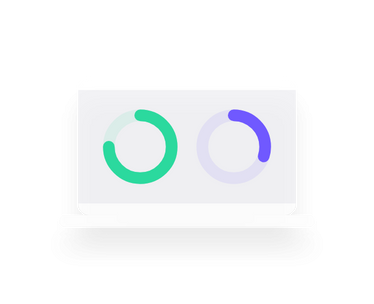A website analysis reviews a website’s performance by evaluating key metrics related to the user experience (UX), including search engine optimization (SEO), speed and traffic. The data from a website analysis can provide insights that inform the appropriate actions and changes that can improve the perception of a business and it’s the ability to generate more sales, collect more leads or meet other business objectives.
Key website metrics provide information about the site visitors' activity, the impact of the content on the website and how people find it, while also indicating issues with a particular web page or general performance. Not only do key metrics help identify visitor pain points, but they also identify what is already working well. Some of the main website analysis metrics include:
Website visitors: This includes the number of visitors, how they found the site and if they are or returning visitors.
Bounce rate: A percentage of total website sessions where visitors only viewed a single page before leaving the site.
Average page views per session: The total number of website pages a visitor has browsed during their time on the site.
Average session duration: The amount of time a visitor was active on the website.
Average time on page: The amount of time a user spends on a single page.
Top traffic sources: Shows where the site visitors came to the site from, typically from an organic search, paid search, social media, email or other links on other external sources.
Device source: Shows the type of device (PC, tablet, smartphone), operating system (iOS, Android, Windows, MacOS) and browser (Chrome, Safari, Firefox, etc.) used to access the site.
Interactions per visit: Shows how visitors are interacting with the site, including specific links, CTA buttons or other interactive site elements.
Exit pages: Pages where visitors leave the website.
Conversion rate: The percentage of visitors who complete a specific task or action on the website.
Understand website visitors: Website analytics tools like Google Analytics provide data on how visitors are interacting with a website. This information provides a better understanding around website pages that interest visitors and potential customers the most.
Analyze conversions: Conversions can range from an online purchase, to filling out a contact form or signing up to receive a newsletter or other marketing materials. Conversion rate optimization (CRO) involves tools like heatmaps to help show where visitors are spending time on web pages and support A/B testing to see how different versions of web pages perform to arrive at the optimal approach.
Improve SEO: Connecting tools like Google Search Console lets you track the search queries that result in generating the highest website traffic. Onsite search tracking shows what visitors are searching for during their time on a website which can be helpful in adjusting content that results in higher traffic and more time spent on key webpages.
Optimize speed and performance: Nobody likes waiting for a website to load, so it’s important to know which website elements are hindering performance and load speeds. Performance tools like Glassbox combine performance analytics with advanced DXI insights to spot issues, learn their causes and quickly measure their customer experience impact.





